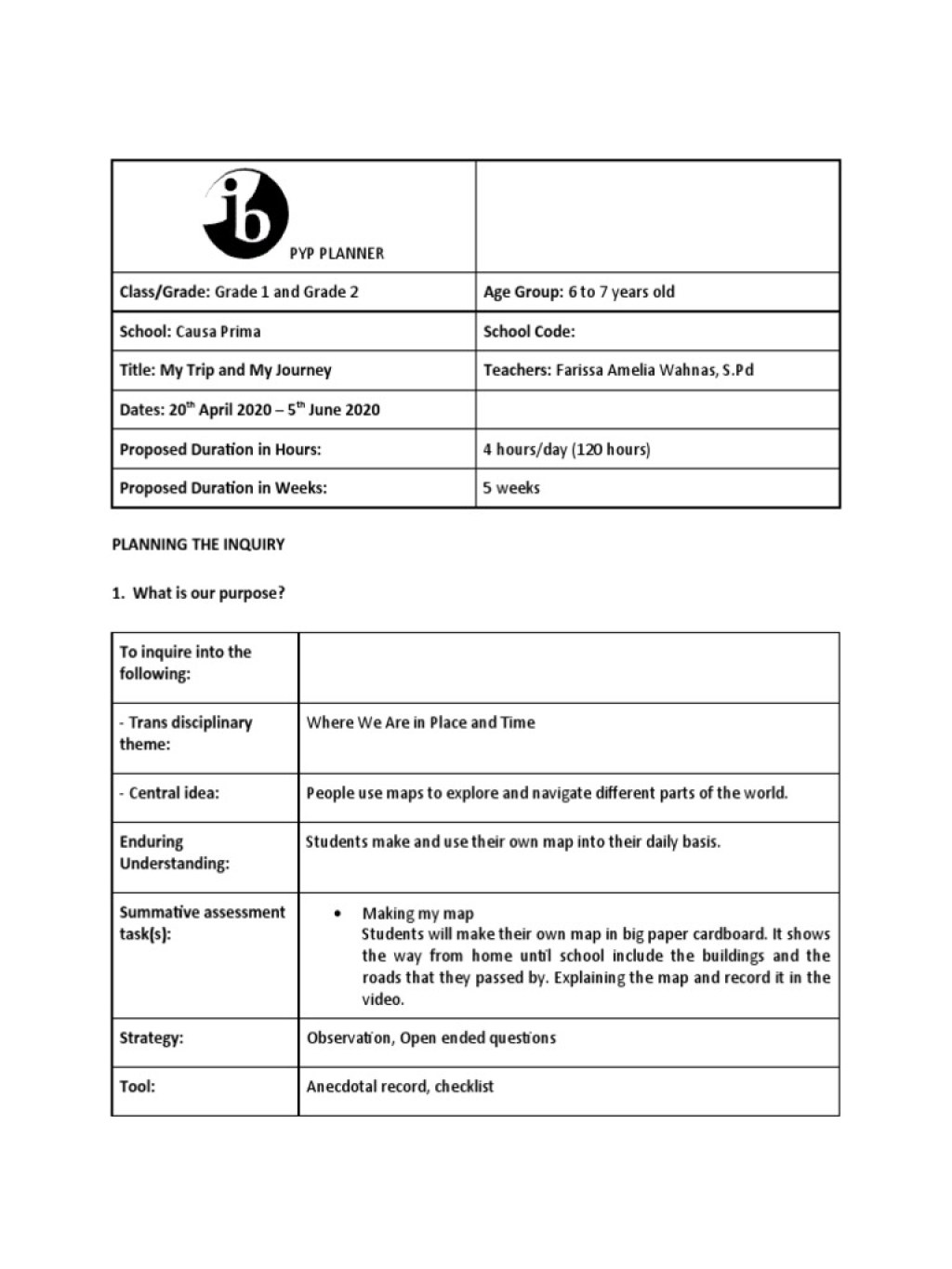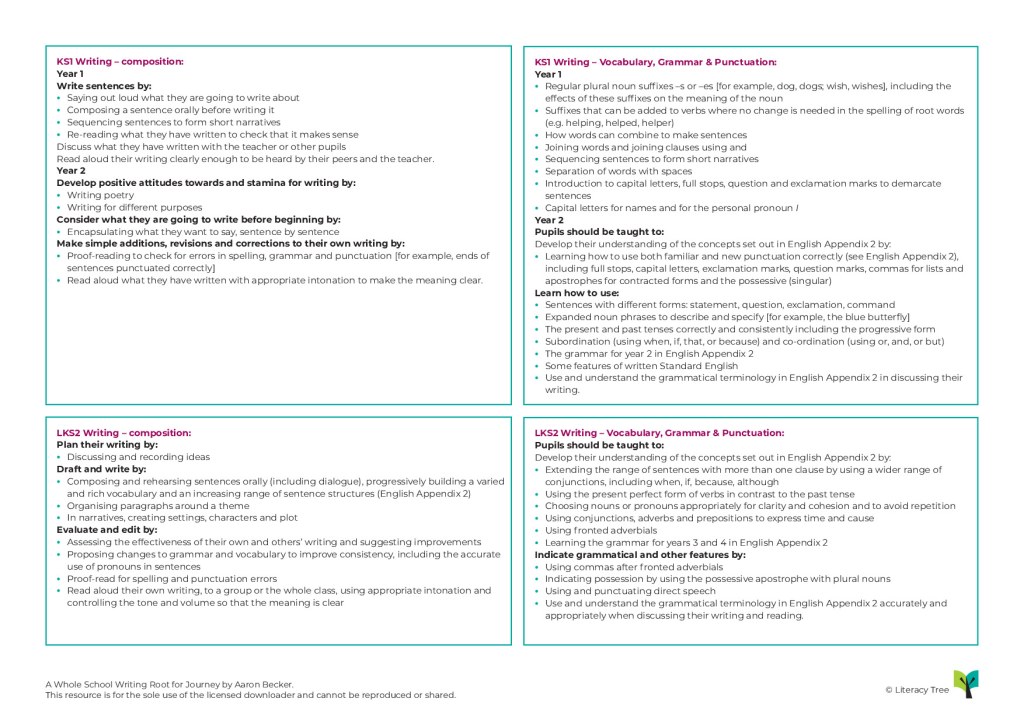Journey Planning Year 2
Greetings, Readers! Today, we will be discussing the exciting topic of journey planning year 2. In this article, we will delve into the details of what journey planning year 2 entails, who can benefit from it, when it should be implemented, where it can be applied, why it is important, and how it can be effectively executed. So, let’s dive in and explore the world of journey planning year 2!
Table of Contents
1. Introduction

Image Source: ebayimg.com
2. What is Journey Planning Year 2?
3. Who Can Benefit from Journey Planning Year 2?
4. When Should Journey Planning Year 2 Be Implemented?

Image Source: scribdassets.com
5. Where Can Journey Planning Year 2 Be Applied?
6. Why Is Journey Planning Year 2 Important?

Image Source: literacytree.com
7. How to Effectively Execute Journey Planning Year 2?
8. Advantages of Journey Planning Year 2
9. Disadvantages of Journey Planning Year 2
10. FAQ
11. Conclusion
12. Final Remarks
1. Introduction
Journey planning year 2 is the process of strategizing and organizing various journeys or trips for the second year of a project or endeavor. It involves extensive research, meticulous planning, and effective execution to ensure the success and smooth operation of the journeys. Whether it is a business trip, educational tour, or personal adventure, journey planning year 2 plays a crucial role in optimizing the experience and achieving the desired outcomes.
The introduction of journey planning year 2 allows individuals or organizations to build upon the knowledge and experiences gained from the previous year, making the subsequent journeys more efficient and fruitful. By analyzing the strengths and weaknesses of the previous trips, adjustments and improvements can be made to enhance the overall journey experience in the second year.
Throughout this article, we will explore the different aspects of journey planning year 2, providing valuable insights and guidance for those embarking on this exciting journey. So, let’s continue our exploration and discover the wonders of journey planning year 2!
2. What is Journey Planning Year 2?
Journey planning year 2 refers to the process of planning and organizing trips or journeys for the second year of a project or endeavor. It involves determining the objectives, destinations, timelines, and logistics of the journeys to ensure a smooth and successful experience. Journey planning year 2 builds upon the knowledge and experiences gained from the previous year, allowing for improvements and optimizations in the subsequent journeys.
During journey planning year 2, various factors need to be considered, such as budget allocation, transportation arrangements, accommodations, itinerary development, and risk assessment. By carefully analyzing these factors and incorporating lessons learned from the previous year, the journey planning process can be tailored to meet the specific needs and objectives of the second year.
3. Who Can Benefit from Journey Planning Year 2?
Journey planning year 2 can benefit a wide range of individuals and organizations. Whether you are a business owner, a project manager, an educator, or a travel enthusiast, journey planning year 2 can provide valuable insights and advantages.
For businesses, journey planning year 2 can help optimize corporate travel, improve team cohesion, and enhance client relationships. By carefully planning and organizing business trips, companies can maximize productivity, reduce costs, and create lasting impressions on clients and partners.
Similarly, project managers can utilize journey planning year 2 to ensure the efficient execution of project-related journeys. By analyzing the successes and challenges of the previous year, project managers can streamline the planning process, mitigate risks, and allocate resources effectively.
Moreover, educators can leverage journey planning year 2 to enhance educational tours and field trips. By incorporating feedback and insights from students and teachers, educational institutions can create enriching experiences that complement the curriculum and foster a love for learning.
Lastly, travel enthusiasts can benefit from journey planning year 2 by exploring new destinations, discovering hidden gems, and creating unforgettable memories. The planning process allows them to map out their journeys, research local customs and attractions, and make informed decisions to optimize their travel experiences.
4. When Should Journey Planning Year 2 Be Implemented?
The timing for implementing journey planning year 2 depends on the nature of the project or endeavor. Generally, journey planning year 2 should commence after the completion of the first year’s journeys or trips. This allows for a comprehensive evaluation of the previous year’s experiences, enabling improvements and adjustments to be made for the subsequent journeys.
It is essential to allocate sufficient time for the journey planning process to ensure thorough research, coordination, and preparation. Ideally, journey planning year 2 should begin several months in advance to account for any unforeseen circumstances, such as booking availability, visa processing, or internal approvals.
5. Where Can Journey Planning Year 2 Be Applied?
Journey planning year 2 can be applied to various contexts and settings. Whether it is for business-related trips, educational tours, community service projects, or personal adventures, journey planning year 2 can be adapted to suit different objectives and environments.
In the business realm, journey planning year 2 can be applied to corporate events, conferences, team-building retreats, or client visits. By carefully planning these journeys, businesses can create meaningful experiences that align with their goals and values.
For educational institutions, journey planning year 2 can be utilized for school trips, study abroad programs, or internships. By incorporating feedback from students, parents, and faculty, educational institutions can design enriching experiences that enhance the learning process.
Additionally, journey planning year 2 can be applied to personal adventures, such as solo travels, family vacations, or backpacking trips. By meticulously planning these journeys, individuals can maximize their enjoyment, ensure safety, and create lifelong memories.
6. Why Is Journey Planning Year 2 Important?
Journey planning year 2 is essential for several reasons. Firstly, it allows individuals or organizations to learn from the experiences of the previous year and make improvements accordingly. By analyzing the successes and challenges of the first year’s journeys, adjustments can be made to enhance the subsequent journeys and achieve better outcomes.
Secondly, journey planning year 2 helps optimize resources and minimize costs. By conducting thorough research and analysis, individuals or organizations can identify cost-saving opportunities, negotiate better deals, and allocate resources effectively. This ensures that the journeys are carried out efficiently without compromising quality.
Furthermore, journey planning year 2 enables risk assessment and mitigation. By evaluating potential risks, such as security concerns, health hazards, or logistical challenges, individuals or organizations can implement preventive measures and contingency plans. This ensures the safety and well-being of all participants during the journeys.
Lastly, journey planning year 2 enhances the overall journey experience. By carefully crafting the itinerary, considering the preferences and interests of the participants, and incorporating feedback from the previous year, journey planners can create memorable and enriching experiences for all involved.
7. How to Effectively Execute Journey Planning Year 2?
Effective execution of journey planning year 2 requires careful consideration and attention to detail. Here are some key steps to ensure success:
1. Evaluate the previous year’s journeys: Reflect on the successes and challenges of the first year’s journeys. Identify areas for improvement and determine the objectives for the second year.
2. Conduct thorough research: Gather information about the destinations, local customs, visa requirements, transportation options, accommodations, and attractions. This will help in making informed decisions during the planning process.
3. Develop a detailed itinerary: Create a comprehensive schedule that includes travel dates, times, accommodations, and activities. Ensure that the itinerary allows for flexibility and includes buffer time for unexpected delays or changes.
4. Allocate resources effectively: Determine the budget for the journeys and allocate resources accordingly. Consider factors such as transportation costs, accommodations, meals, and contingency funds.
5. Communicate and coordinate: Establish clear communication channels with all participants, including team members, clients, students, or travel companions. Ensure that everyone is aware of the objectives, expectations, and logistics of the journeys.
6. Implement risk assessment and mitigation measures: Identify potential risks and develop contingency plans to address them. This may include travel insurance, emergency contacts, medical supplies, or alternative transportation options.
7. Seek feedback and continuously improve: After the completion of the second year’s journeys, gather feedback from participants and evaluate the overall experience. Incorporate the lessons learned into future journey planning endeavors.
8. Advantages of Journey Planning Year 2
Journey planning year 2 offers several advantages for individuals and organizations:
1. Improved efficiency: By building upon the knowledge and experiences of the previous year, journey planning year 2 allows for more streamlined and efficient journeys.
2. Enhanced outcomes: Through thorough analysis and adjustments, the second year’s journeys can yield better outcomes and achieve the desired objectives.
3. Cost savings: By conducting extensive research and resource allocation, journey planning year 2 can lead to cost-saving opportunities and better budget management.
4. Risk mitigation: Journey planning year 2 enables the identification and mitigation of potential risks, ensuring the safety and well-being of all participants.
5. Enriching experiences: By incorporating feedback and preferences from the previous year, journey planners can create memorable and enriching experiences for everyone involved.
9. Disadvantages of Journey Planning Year 2
While journey planning year 2 offers numerous benefits, there are a few potential disadvantages to consider:
1. Time-consuming process: Journey planning year 2 requires extensive research, coordination, and preparation, which can be time-consuming, especially for complex journeys.
2. Resource allocation challenges: Allocating sufficient resources, such as budget, transportation, and accommodations, may pose challenges, especially when dealing with limited availability or unforeseen circumstances.
3. Over-reliance on past experiences: Relying solely on past experiences may limit the opportunities for innovation and exploration during the second year’s journeys.
4. Difficulty in accommodating changing preferences: Participants’ preferences and interests may change over time, making it challenging to design journeys that cater to everyone’s needs.
5. Potential unforeseen circumstances: Despite thorough planning, unexpected circumstances, such as natural disasters or political unrest, may disrupt or cancel the journeys.
10. FAQ
Q: Can journey planning year 2 be applied to personal travels?
A: Absolutely! Journey planning year 2 can be adapted to personal adventures, allowing individuals to optimize their travel experiences and create memorable journeys.
Q: How long should the journey planning year 2 process take?
A: The duration of the journey planning year 2 process varies depending on the complexity of the journeys. It is recommended to allocate several months for thorough research, coordination, and preparation.
Q: What are some essential factors to consider during journey planning year 2?
A: Important factors to consider include budget allocation, transportation arrangements, accommodations, itinerary development, and risk assessment.
Q: Can journey planning year 2 be applied to educational institutions?
A: Yes, journey planning year 2 can greatly benefit educational institutions by enhancing the quality of school trips, study abroad programs, or internships.
Q: How can journey planning year 2 be used in business settings?
A: Journey planning year 2 can optimize corporate travel, improve team cohesion, and enhance client relationships in business settings.
11. Conclusion
In conclusion, journey planning year 2 is a vital process for optimizing journeys or trips in the second year of a project or endeavor. By learning from past experiences, carefully planning, and effectively executing the journeys, individuals and organizations can achieve better outcomes, create memorable experiences, and maximize the benefits of their endeavors. So, embrace the journey planning year 2 process, and embark on a year filled with exciting adventures and remarkable achievements!
12. Final Remarks
In these ever-changing times, it is important to adapt and evolve. Journey planning year 2 allows us to build upon past experiences, learn from our mistakes, and enhance our future journeys. Remember to always stay open to new possibilities, embrace the unknown, and make the most out of every moment. Plan your journey, execute it with passion, and let the second year be filled with incredible memories and remarkable achievements. Bon voyage!